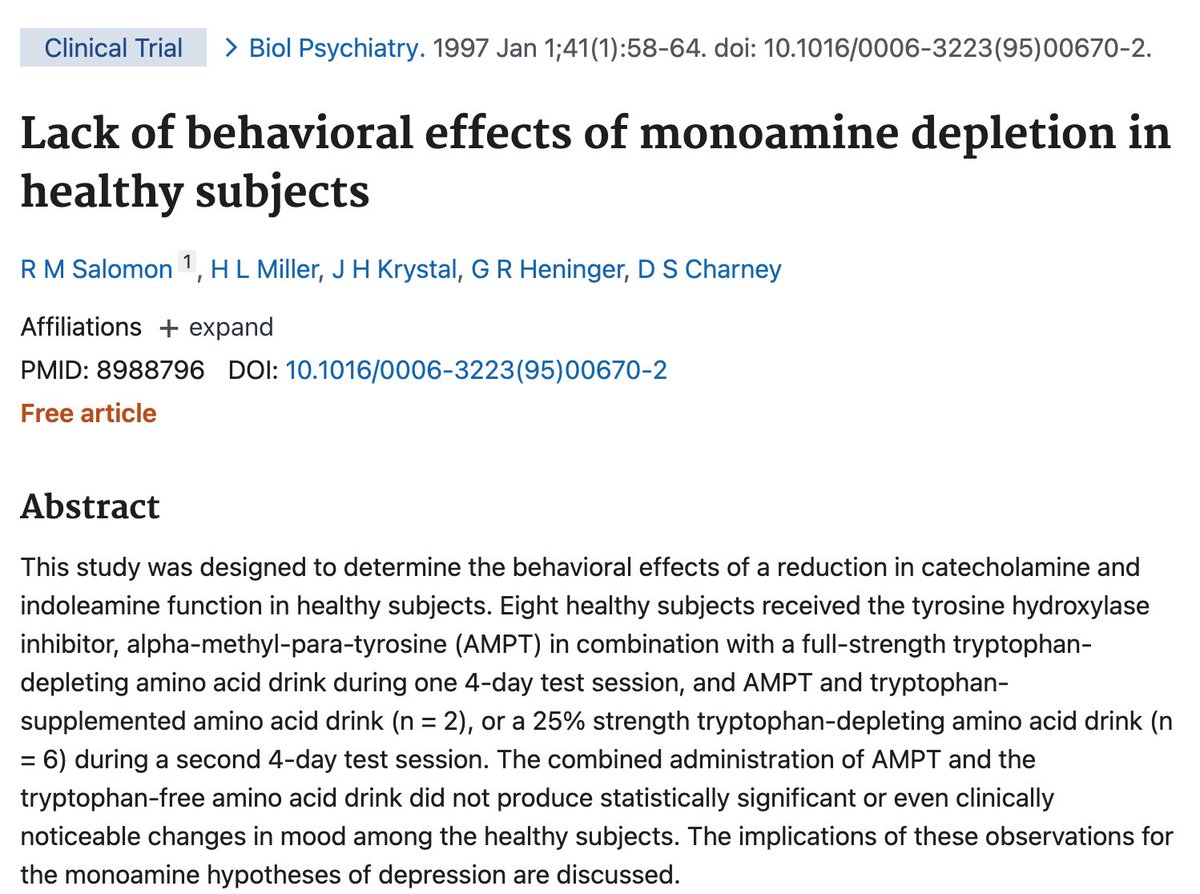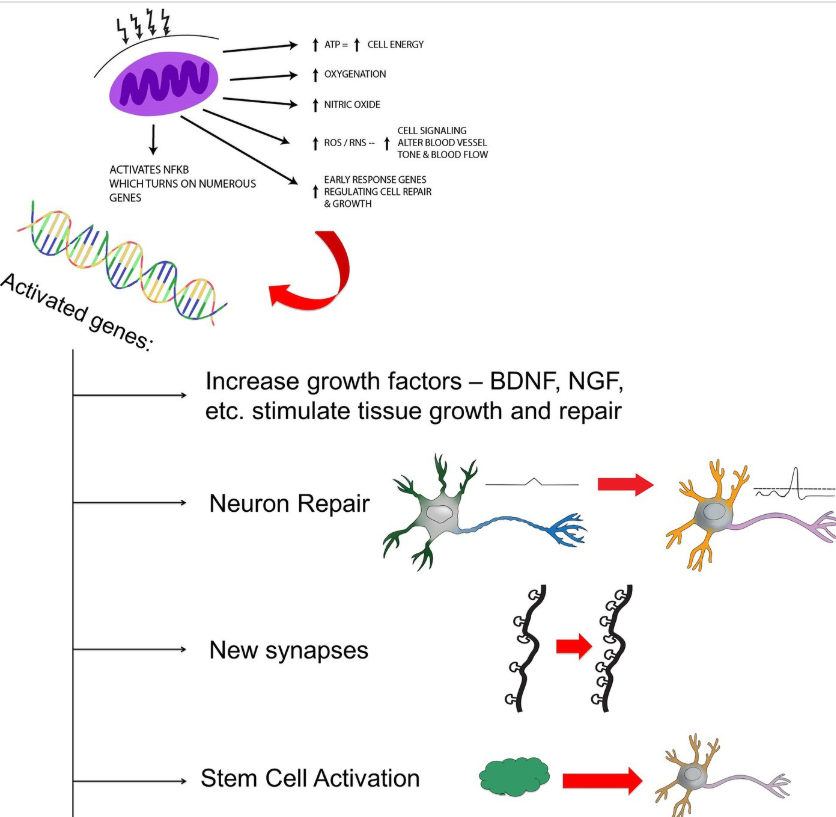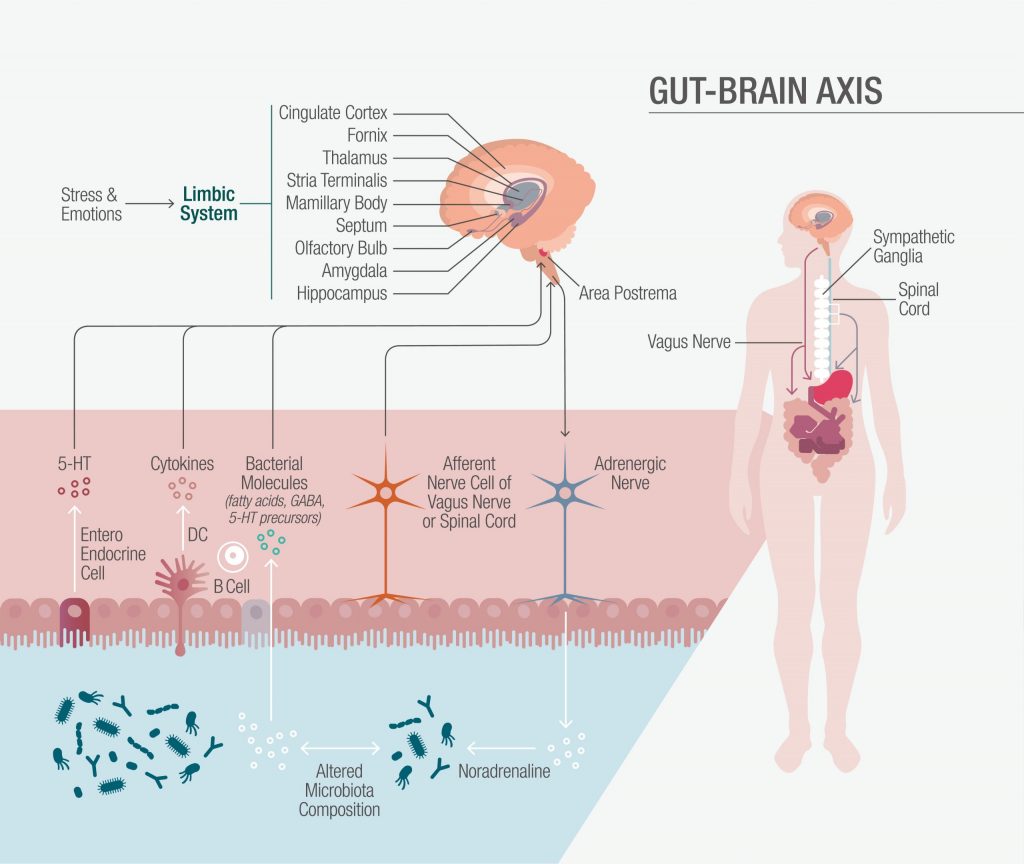Insulin resistance has consequences such as:
-Cardiovascular disease
-NAFLD
-PCOS
-Kidney disease
-Dementia
-Hair loss
-Alzheimer’s disease
-Skin issues
-Chronic fatigue
-ED
and more.
It's also quite common, with almost 40% of American adults having insulin resistance.
So here's a guide on hacking insulin resistance once and for all through key lifestyle interventions.
Thread🧵
-Cardiovascular disease
-NAFLD
-PCOS
-Kidney disease
-Dementia
-Hair loss
-Alzheimer’s disease
-Skin issues
-Chronic fatigue
-ED
and more.
It's also quite common, with almost 40% of American adults having insulin resistance.
So here's a guide on hacking insulin resistance once and for all through key lifestyle interventions.
Thread🧵

*Standard disclaimer that nothing in this thread should be used as a substitute for medical advice*
Now insulin resistance is a condition where the body's cells become less responsive (aka “resistant”) to insulin.
Insulin is produced in pancreatic β-cells in the islets of Langerhans and enables cells, particularly in muscles, fat tissue and the liver, to absorb glucose from the bloodstream for energy or storage.
When glucose levels drop for example, the pancreas releases glucagon, which signals the liver to release stored glucose (glycogenolysis) or produce new glucose (gluconeogenesis).
So when cells are insulin-resistant, they require higher levels of insulin to perform this function, leading to elevated blood sugar levels.
Of course, initially, the pancreas compensates by producing more insulin (hyperinsulinemia), but over time, pancreatic beta cells may fail, leading to insufficient insulin production and type 2 diabetes.
Now insulin resistance is a condition where the body's cells become less responsive (aka “resistant”) to insulin.
Insulin is produced in pancreatic β-cells in the islets of Langerhans and enables cells, particularly in muscles, fat tissue and the liver, to absorb glucose from the bloodstream for energy or storage.
When glucose levels drop for example, the pancreas releases glucagon, which signals the liver to release stored glucose (glycogenolysis) or produce new glucose (gluconeogenesis).
So when cells are insulin-resistant, they require higher levels of insulin to perform this function, leading to elevated blood sugar levels.
Of course, initially, the pancreas compensates by producing more insulin (hyperinsulinemia), but over time, pancreatic beta cells may fail, leading to insufficient insulin production and type 2 diabetes.

Let’s discuss now a bit further how insulin is produced for those interested.
It all starts with the INS gene (chromosome 11p15) that is transcribed into mRNA in β-cell nuclei.
Then, it is translated in the rough endoplasmic reticulum (RER) into preproinsulin, a 110-amino-acid inactive precursor with a signal peptide that directs preproinsulin to the RER, where it’s cleaved to yield proinsulin.
This is then transported to the Golgi apparatus, where it forms three disulfide bonds (this makes it more stable).
Finally, in the trans-Golgi and secretory granules, proprotein convertases (PC1/2) along with carboxypeptidase E, cleave proinsulin (they remove the 31-amino-acid C-peptide), producing insulin and C-peptide.
That’s all, these are then stored in secretory granules within β-cells and once blood glucose gets elevated, they are released (glucose enters β-cells via GLUT2, is metabolized, increasing ATP which closes ATP-sensitive potassium channels, depolarizing the cell membrane and opening voltage-gated calcium channels.
This increases intracellular calcium, which then triggers exocytosis of insulin-containing granules.
It all starts with the INS gene (chromosome 11p15) that is transcribed into mRNA in β-cell nuclei.
Then, it is translated in the rough endoplasmic reticulum (RER) into preproinsulin, a 110-amino-acid inactive precursor with a signal peptide that directs preproinsulin to the RER, where it’s cleaved to yield proinsulin.
This is then transported to the Golgi apparatus, where it forms three disulfide bonds (this makes it more stable).
Finally, in the trans-Golgi and secretory granules, proprotein convertases (PC1/2) along with carboxypeptidase E, cleave proinsulin (they remove the 31-amino-acid C-peptide), producing insulin and C-peptide.
That’s all, these are then stored in secretory granules within β-cells and once blood glucose gets elevated, they are released (glucose enters β-cells via GLUT2, is metabolized, increasing ATP which closes ATP-sensitive potassium channels, depolarizing the cell membrane and opening voltage-gated calcium channels.
This increases intracellular calcium, which then triggers exocytosis of insulin-containing granules.

When it comes to insulin receptors (IRs) they are cell surface receptors classified as receptor tyrosine kinases (RTKs) that bind insulin and insulin-like growth factors (IGFs) with physiological roles such as enhancing glucose uptake in muscle and fat via GLUT4, inhibiting gluconeogenesis in the liver, promoting lipogenesis and inhibiting lipolysis in adipocytes, stimulating mTOR signaling for muscle growth, supporting cell proliferation and tissue development, enhancing synaptic plasticity, cognition, and neuronal survival in the brain, regulating endothelial function, vascular tone and much more.
They are transmembrane glycoproteins expressed in:
-Skeletal muscle where they facilitate glucose uptake via GLUT4 translocation.
-Adipose tissue where they regulate lipogenesis and inhibit lipolysis.
-Liver where they control glycogen synthesis and gluconeogenesis.
-Brain where they influence cognition, appetite and neuroprotection.
-Heart where they supports cardiac metabolism and contractility.
-Kidney, pancreas and vascular endothelium where they regulate diverse metabolic and vascular functions.

They are transmembrane glycoproteins expressed in:
-Skeletal muscle where they facilitate glucose uptake via GLUT4 translocation.
-Adipose tissue where they regulate lipogenesis and inhibit lipolysis.
-Liver where they control glycogen synthesis and gluconeogenesis.
-Brain where they influence cognition, appetite and neuroprotection.
-Heart where they supports cardiac metabolism and contractility.
-Kidney, pancreas and vascular endothelium where they regulate diverse metabolic and vascular functions.


Now IRs are encoded by the INSR gene on chromosome 19p13 (autosomal).
They exist as two isoforms:
-IR-A: Lacks exon 11, has higher affinity for IGF-II, and is prevalent in fetal tissues and cancers.
-IR-B: Includes exon 11, is insulin-specific, and dominates in metabolic tissues such as the liver, muscles and fat.
The receptor is a tetramer composed of:
-Two α-subunits: Extracellular, containing the insulin-binding site.
-Two β-subunits: Transmembrane, with an intracellular tyrosine kinase domain.
-Disulfide bonds: Link α to β subunits and α-α subunits together.
When it comes to the mechanism of action for the ones who wan to dive a bit deeper, insulin for example, binds to the α-subunits’ ligand-binding domain, inducing a conformational change.
The β-subunits’ tyrosine kinase domains autophosphorylate tyrosine residues.
Phosphorylated tyrosines recruit adaptor proteins like IRS (insulin receptor substrate), activating the:
-PI3K-Akt pathway that promotes GLUT4 translocation to the cell membrane for glucose uptake, glycogen synthesis, and protein synthesis.
-MAPK pathway that drives cell growth and proliferation.
The function of IRs is modulated by ligand availability, receptor expression, phosphorylation, internalization, degradation, co-regulators such as IRS proteins, SHC and GRB2, feedback loops (chronic hyperinsulinemia downregulates IRs for example) and environmental factors such as stress, toxins and so on.
Side note: You are probably aware of metformin, this medication works by enhancing IR signaling via AMPK activation and it’s often called a sensitizer.

They exist as two isoforms:
-IR-A: Lacks exon 11, has higher affinity for IGF-II, and is prevalent in fetal tissues and cancers.
-IR-B: Includes exon 11, is insulin-specific, and dominates in metabolic tissues such as the liver, muscles and fat.
The receptor is a tetramer composed of:
-Two α-subunits: Extracellular, containing the insulin-binding site.
-Two β-subunits: Transmembrane, with an intracellular tyrosine kinase domain.
-Disulfide bonds: Link α to β subunits and α-α subunits together.
When it comes to the mechanism of action for the ones who wan to dive a bit deeper, insulin for example, binds to the α-subunits’ ligand-binding domain, inducing a conformational change.
The β-subunits’ tyrosine kinase domains autophosphorylate tyrosine residues.
Phosphorylated tyrosines recruit adaptor proteins like IRS (insulin receptor substrate), activating the:
-PI3K-Akt pathway that promotes GLUT4 translocation to the cell membrane for glucose uptake, glycogen synthesis, and protein synthesis.
-MAPK pathway that drives cell growth and proliferation.
The function of IRs is modulated by ligand availability, receptor expression, phosphorylation, internalization, degradation, co-regulators such as IRS proteins, SHC and GRB2, feedback loops (chronic hyperinsulinemia downregulates IRs for example) and environmental factors such as stress, toxins and so on.
Side note: You are probably aware of metformin, this medication works by enhancing IR signaling via AMPK activation and it’s often called a sensitizer.


Diagnostic tools to assess your current status.
1. Fasting glucose: Levels of 100–125 mg/dL indicate prediabetes, a proxy for insulin resistance.
Because cells don’t absorb glucose efficiently, it accumulates in the blood.
2. HbA1c Test: Levels of 5.7–6.4% suggest prediabetes.
3. HOMA-IR (Homeostatic Model Assessment of Insulin Resistance): A calculation using fasting glucose and insulin levels to estimate insulin resistance.
4. Oral Glucose Tolerance Test (OGTT): Measures blood glucose response after a glucose load, indicating insulin sensitivity.
1. Fasting glucose: Levels of 100–125 mg/dL indicate prediabetes, a proxy for insulin resistance.
Because cells don’t absorb glucose efficiently, it accumulates in the blood.
2. HbA1c Test: Levels of 5.7–6.4% suggest prediabetes.
3. HOMA-IR (Homeostatic Model Assessment of Insulin Resistance): A calculation using fasting glucose and insulin levels to estimate insulin resistance.
4. Oral Glucose Tolerance Test (OGTT): Measures blood glucose response after a glucose load, indicating insulin sensitivity.
Now let's see how you can "hack" insulin.
Number 1: Maintain a healthy bodyweight.
It's kind of impossible to be overweight with an excess of visceral fat (fat around organs).
Yet we know that visceral fat interferes with insulin signaling.
Number 1: Maintain a healthy bodyweight.
It's kind of impossible to be overweight with an excess of visceral fat (fat around organs).
Yet we know that visceral fat interferes with insulin signaling.

Number 2: Front-load your calories.
"Early time-restricted eating (TRE) provides many benefits - improving insulin resistance, cognitive function, and glycemic control. Alternate-day fasting, 5:2 fasting & long-term fasting all have benefits; however, they may be less advantageous than early TRE."
"Early time-restricted eating (TRE) provides many benefits - improving insulin resistance, cognitive function, and glycemic control. Alternate-day fasting, 5:2 fasting & long-term fasting all have benefits; however, they may be less advantageous than early TRE."

Number 3: Consider supplementing or monitoring your intake of B1, B7, magnesium and taurine.
More nutrients are crucial when it comes to properly regulating insulin but these are so crucial that they've shown to even put T2D in remission in some cases (tap in the pics).
It's not hard to understand why.
B7 for example increases the expression of glucokinase which is why supplements can make healthy individuals hypoglycemic very easily.
More nutrients are crucial when it comes to properly regulating insulin but these are so crucial that they've shown to even put T2D in remission in some cases (tap in the pics).
It's not hard to understand why.
B7 for example increases the expression of glucokinase which is why supplements can make healthy individuals hypoglycemic very easily.

Number 4: Exercise regularly.
Resistance and aerobic training enhance IR sensitivity by upregulating GLUT4 and IRS expression.
Start by aiming for 250 min/week of moderate exercise or 60 min/week of high-intensity exercise.
Resistance and aerobic training enhance IR sensitivity by upregulating GLUT4 and IRS expression.
Start by aiming for 250 min/week of moderate exercise or 60 min/week of high-intensity exercise.

Number 5: Support your gut.
A balanced microbiome enhances insulin sensitivity by reducing inflammation and producing SCFAs such as butyrate.
pmc.ncbi.nlm.nih.gov/articles/PMC26…
pmc.ncbi.nlm.nih.gov/articles/PMC44…
A balanced microbiome enhances insulin sensitivity by reducing inflammation and producing SCFAs such as butyrate.
pmc.ncbi.nlm.nih.gov/articles/PMC26…
pmc.ncbi.nlm.nih.gov/articles/PMC44…
Number 6: Get enough sunlight for vitamin D.
Vitamin D improves IR function, supports insulin receptor expression and improves insulin sensitivity.
pubmed.ncbi.nlm.nih.gov/29188534/
pubmed.ncbi.nlm.nih.gov/23074218/
Vitamin D improves IR function, supports insulin receptor expression and improves insulin sensitivity.
pubmed.ncbi.nlm.nih.gov/29188534/
pubmed.ncbi.nlm.nih.gov/23074218/
Number 7: Prioritize your sleep.
Poor sleep increases cortisol and impairs IR signaling via reduced GLUT4 translocation.
pubmed.ncbi.nlm.nih.gov/23070488/
Poor sleep increases cortisol and impairs IR signaling via reduced GLUT4 translocation.
pubmed.ncbi.nlm.nih.gov/23070488/
Number 8: Reduce chronic stress and manage cortisol.
Cortisol inhibits IR signaling by promoting serine phosphorylation of IRS.
pubmed.ncbi.nlm.nih.gov/7683695/
pubmed.ncbi.nlm.nih.gov/15199052/
Cortisol inhibits IR signaling by promoting serine phosphorylation of IRS.
pubmed.ncbi.nlm.nih.gov/7683695/
pubmed.ncbi.nlm.nih.gov/15199052/
Number 9: Unless you are a type I diabetic, sprinkle some Ceylon cinnamon and ACV (apple cider vinegar) in your meals.
For example, acetic acid in ACV can enhance insulin receptor sensitivity, reduce glucose absorption in the intestines and increase glucose uptake in muscle cells.
It can also activate AMP-activated protein kinase (AMPK) thus improving insulin signaling.
Then cinnamon (and especially ceylon cinnamon), lowers fasting blood glucose and HbA1c, enhances insulin receptor phosphorylation and glucose uptake, slows glucose absorption and reduces postprandial glucose spikes.
pubmed.ncbi.nlm.nih.gov/39949546/
For example, acetic acid in ACV can enhance insulin receptor sensitivity, reduce glucose absorption in the intestines and increase glucose uptake in muscle cells.
It can also activate AMP-activated protein kinase (AMPK) thus improving insulin signaling.
Then cinnamon (and especially ceylon cinnamon), lowers fasting blood glucose and HbA1c, enhances insulin receptor phosphorylation and glucose uptake, slows glucose absorption and reduces postprandial glucose spikes.
pubmed.ncbi.nlm.nih.gov/39949546/
Number 10: Consider one of the following when it comes to additional supplements: Berberine, ALA, chromium, CoQ10, ALCAR, myo-inositol.
Berberine enhances IR sensitivity via AMPK activation, similar to metformin.
CoQ10 and ALCAR support mitochondria that are critical for insulin-mediated glucose oxidation.
ALA enhances insulin sensitivity by reducing oxidative stress and improving glucose uptake in cells.
Chromium enhances insulin receptor activity by improving the binding of insulin to its receptors and supporting glucose metabolism.
Myo-inositol acts as a second messenger in insulin signaling pathways, improving insulin receptor function and glucose uptake.
Berberine enhances IR sensitivity via AMPK activation, similar to metformin.
CoQ10 and ALCAR support mitochondria that are critical for insulin-mediated glucose oxidation.
ALA enhances insulin sensitivity by reducing oxidative stress and improving glucose uptake in cells.
Chromium enhances insulin receptor activity by improving the binding of insulin to its receptors and supporting glucose metabolism.
Myo-inositol acts as a second messenger in insulin signaling pathways, improving insulin receptor function and glucose uptake.
Final notes:
-Morning and evening blue light exposure alters metabolic function in normal-weight adults, so blue light messes up your insulin response without you consuming a single calorie.
-Magnesium enhances IR sensitivity and GLUT4 translocation.
-Zinc stabilizes IR signaling and insulin storage.-
-Alcohol impairs IR signaling.
-Grounding has been shown to lower fasting glucose levels from close to 3 mmol/L in T2D patients.
-Morning and evening blue light exposure alters metabolic function in normal-weight adults, so blue light messes up your insulin response without you consuming a single calorie.
-Magnesium enhances IR sensitivity and GLUT4 translocation.
-Zinc stabilizes IR signaling and insulin storage.-
-Alcohol impairs IR signaling.
-Grounding has been shown to lower fasting glucose levels from close to 3 mmol/L in T2D patients.
-Separating fats and carbs in meals can minimize the simultaneous availability of both substrates, reducing competition and potentially improving glucose clearance.
-Gingerol and shogaol in ginger enhance insulin sensitivity by increasing GLUT4 expression and inhibiting intestinal glucose absorption.
-Fiber reduces postprandial glucose spikes.
-Fasting induces FGF21.
-EGCG before doing cardio improves IR sensitivity by activating AMPK and reducing oxidative stress, promoting GLUT4 translocation.
-HIIT increases GLUT4 translocation.
-Light walking (15 minutes) after meals enhances GLUT4 translocation and glucose uptake in skeletal muscle, independent of insulin.
-High homocysteine levels impair insulin signaling.
-Deuterium depletion stimulates GLUT4.
-All of your hormones work synergistically (testosterone helps regulate glucose uptake and insulin signaling for example).
-Cold exposure activates BAT, which increases glucose uptake and fatty acid oxidation.
-Gingerol and shogaol in ginger enhance insulin sensitivity by increasing GLUT4 expression and inhibiting intestinal glucose absorption.
-Fiber reduces postprandial glucose spikes.
-Fasting induces FGF21.
-EGCG before doing cardio improves IR sensitivity by activating AMPK and reducing oxidative stress, promoting GLUT4 translocation.
-HIIT increases GLUT4 translocation.
-Light walking (15 minutes) after meals enhances GLUT4 translocation and glucose uptake in skeletal muscle, independent of insulin.
-High homocysteine levels impair insulin signaling.
-Deuterium depletion stimulates GLUT4.
-All of your hormones work synergistically (testosterone helps regulate glucose uptake and insulin signaling for example).
-Cold exposure activates BAT, which increases glucose uptake and fatty acid oxidation.
That's all.
I hope that you got something useful out of this thread.
If you did, make sure to leave a like/RT.
I hope that you got something useful out of this thread.
If you did, make sure to leave a like/RT.
https://x.com/Helios_Movement/status/1970472975137726928
P.S: Some of you might find this interesting.
fitandball.gumroad.com/l/wqojx/preord…
fitandball.gumroad.com/l/wqojx/preord…
• • •
Missing some Tweet in this thread? You can try to
force a refresh





































